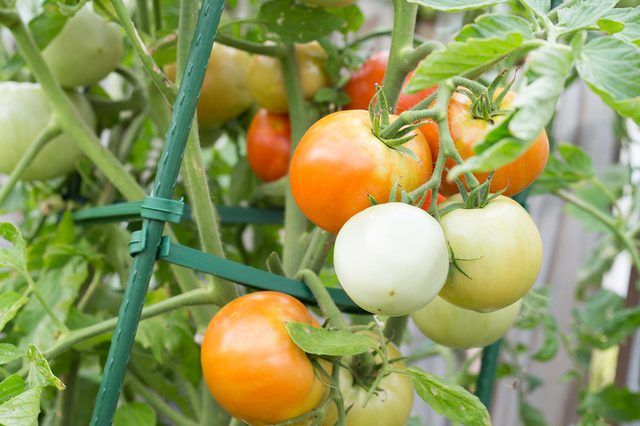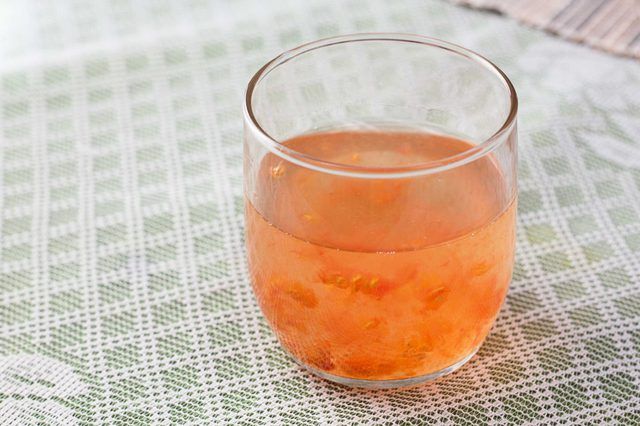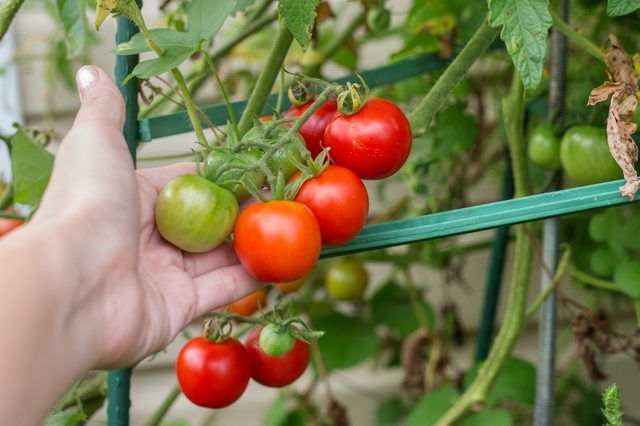Bulbs
Flower Basics
Flower Beds & Specialty Gardens
Flower Garden
Garden Furniture
Garden Gnomes
Garden Seeds
Garden Sheds
Garden Statues
Garden Tools & Supplies
Gardening Basics
Green & Organic
Groundcovers & Vines
Growing Annuals
Growing Basil
Growing Beans
Growing Berries
Growing Blueberries
Growing Cactus
Growing Corn
Growing Cotton
Growing Edibles
Growing Flowers
Growing Garlic
Growing Grapes
Growing Grass
Growing Herbs
Growing Jasmine
Growing Mint
Growing Mushrooms
Orchids
Growing Peanuts
Growing Perennials
Growing Plants
Growing Rosemary
Growing Roses
Growing Strawberries
Growing Sunflowers
Growing Thyme
Growing Tomatoes
Growing Tulips
Growing Vegetables
Herb Basics
Herb Garden
Indoor Growing
Landscaping Basics
Landscaping Patios
Landscaping Plants
Landscaping Shrubs
Landscaping Trees
Landscaping Walks & Pathways
Lawn Basics
Lawn Maintenance
Lawn Mowers
Lawn Ornaments
Lawn Planting
Lawn Tools
Outdoor Growing
Overall Landscape Planning
Pests, Weeds & Problems
Plant Basics
Rock Garden
Rose Garden
Shrubs
Soil
Specialty Gardens
Trees
Vegetable Garden
Yard Maintenance
How to Harvest Tomato Seeds for Planting
How to Harvest Tomato Seeds for Planting. At the end of the growing season, when the tomatoes (Lycopersicon esculentum) hang ripe and heavy on the vine, you can save seeds from our favorite varieties for next year's garden. Tomatoes, a frost-tender perennial thriving in U.S. Department of Agriculture plant hardiness zones 10 through 11, are...
At the end of the growing season, when the tomatoes (Lycopersicon esculentum) hang ripe and heavy on the vine, you can save seeds from our favorite varieties for next year's garden. Tomatoes, a frost-tender perennial thriving in U.S. Department of Agriculture plant hardiness zones 10 through 11, are versatile warm-season annuals even in frost-prone areas. To harvest viable tomato seeds you have to ferment the seeds in the surrounding gel, then dry them before storing.

The best seeds for planting come from tomatoes harvested fully ripe that are soft and have taken on their full ripe color. Cut the tomato in half and scoop out the seeds along with the gel-like substance around the seeds. Spoon the seeds and gel into a jar, and set it aside in a warm spot ideally between 60 and 75 F, away from the sun. You can cover the jar or leave it open.

Over the next three to five days, the tomato seeds and the gel casing start to ferment. Mold can grow. If this happens, scrape it off. After three days and in as many as five days, add a splash of warm water to the jar containing the seeds. This loosens the seeds in the gel casing. Give the jar a swish, then pour off the water, any floating seeds and the lumpy gel. All the seeds that remain at the bottom are good for planting next year. Just give them a rinse with cool water to remove any lingering residue.

Tomato seeds need to dry thoroughly, a process that takes two weeks, before they are ready for storage. Spread the seeds out on a paper plate, paper towel or a clean cloth. A warm area indoors, protected from wind and out of direct sun, is best for drying the seeds. To store until spring, any airtight plastic bag or jar with a lid works well. Just make sure to label your harvested seeds well so you know what you're planting next year.

Anytime you have more than one tomato variety growing, cross-pollination can happen unless you restrict pollinators' access to the plants. With most plants, some cross pollination won't cause next year's crop to stray too far from the original; but if you're growing an heirloom or variety you specifically want to re-create, restricting cross-pollination is important. Tomatoes, which have both pollen and receptor in each flower, pollinate themselves with a little wind to knock the pollen loose inside the plant.

One way to keep your tomatoes from cross pollinating is by planting different types 100 feet apart, but in small gardens this method is often not practical. An alternative is to use a linen bag to loosely cover a branch of flowers. This keeps pollinators out. Once the flowers die and tiny tomatoes start to form, you can take off the bag and let the fruit develop fully before harvesting for the seeds. Keep track of which flowers you covered so you get the right tomato for seed harvest later in the summer.
